

When dealing with a small kitchen, the right cabinet color can make a significant difference in how spacious and inviting the space feels. Light and strategically chosen colors can enhance the sense of openness, reflect light, and make the kitchen appear larger than it is. Here’s a guide to the best cabinet colors for small kitchens, along with tips for optimizing your design.
White cabinets are a timeless choice for small kitchens. They reflect natural light, creating a bright and open feel. White also serves as a versatile backdrop that can be easily complemented with various colors and textures, making it ideal for small spaces.
Pair white cabinets with light-colored countertops and backsplashes to maintain a cohesive look. Adding mirrors or glass elements can also enhance the light-reflecting properties of white cabinets.
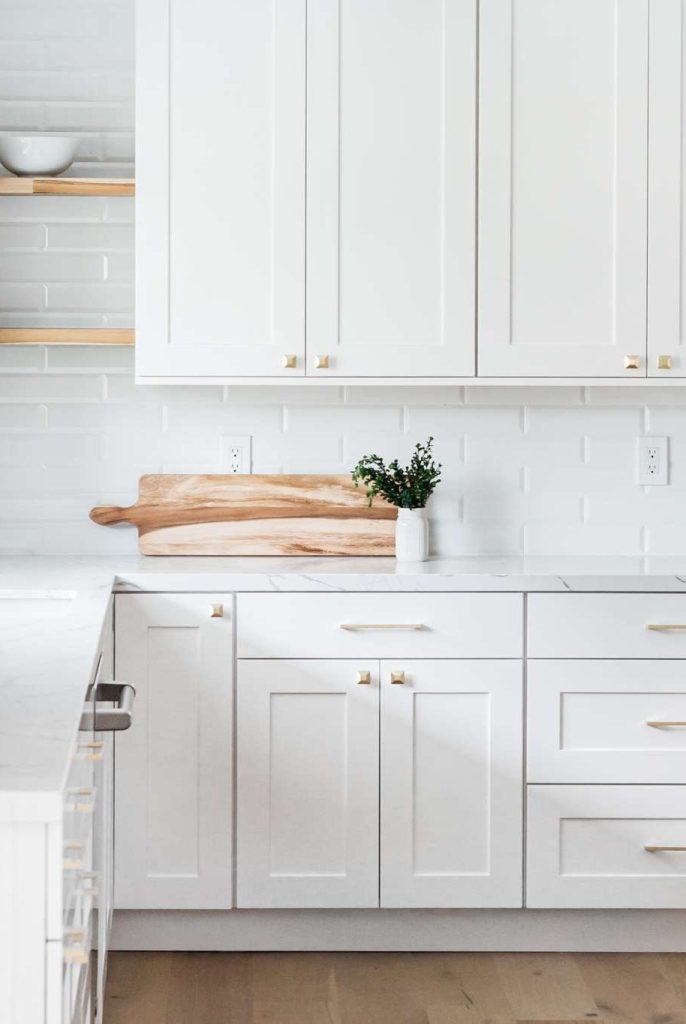
Soft gray cabinets offer a contemporary and elegant alternative to white. They create a serene and stylish ambiance without overwhelming the space. Gray is also versatile and pairs well with both warm and cool tones.
Choose a light gray to avoid making the kitchen feel too dark. Combine with white or light-colored walls and floors to keep the space feeling open and airy.
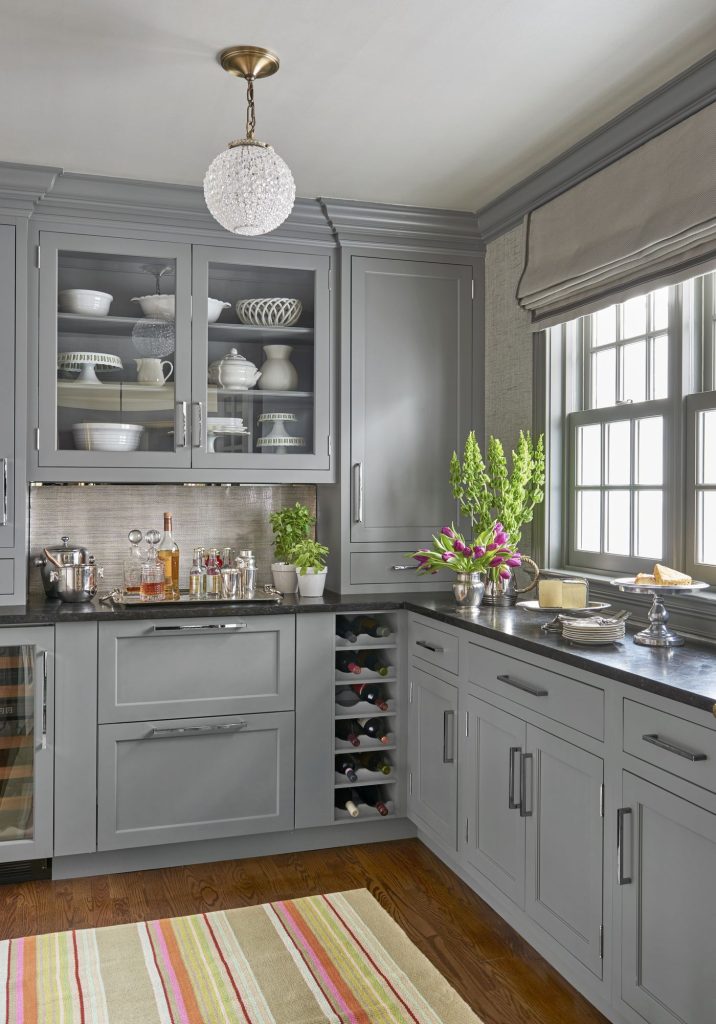
Cream and off-white cabinets add warmth to a small kitchen while still keeping the space bright. These shades are softer alternatives to pure white and can create a cozy, welcoming atmosphere.
Use cream or off-white cabinets with warm-toned accents, such as wooden handles or brass fixtures, to add a touch of elegance and warmth.
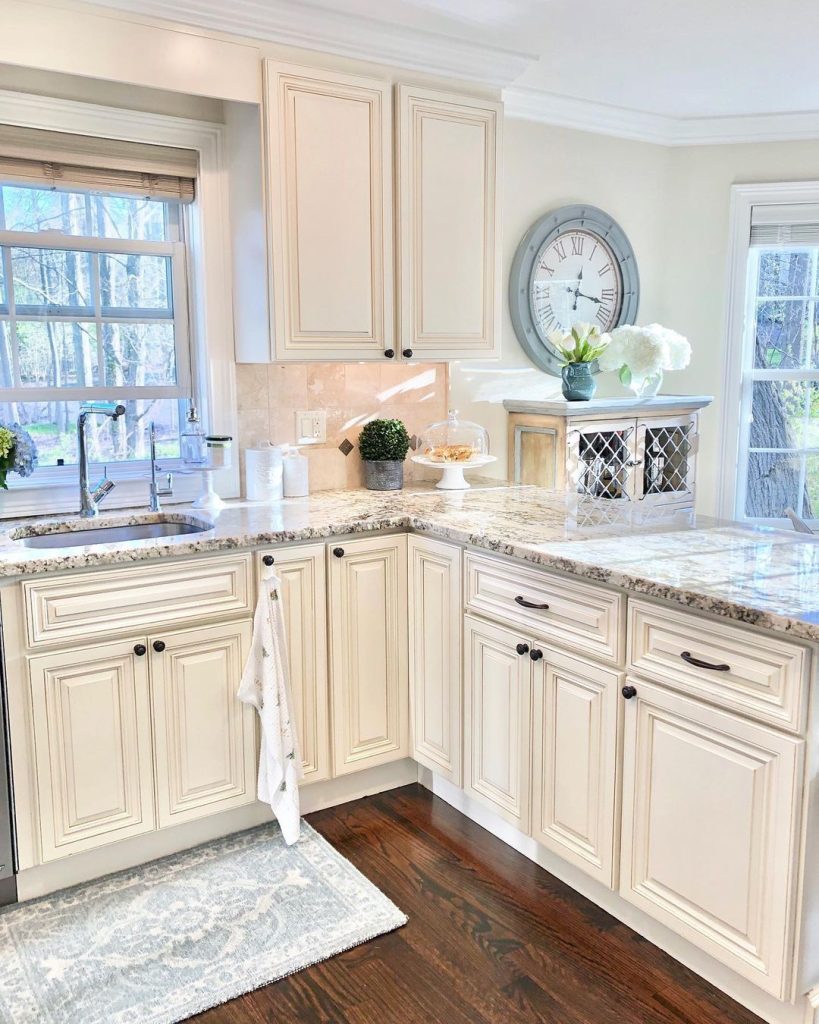
Pale blue cabinets bring a refreshing and tranquil vibe to a small kitchen. This soft color can make the space feel larger and more serene. Blue tones also work well with both modern and traditional designs.
Pair pale blue cabinets with white or light gray countertops to maintain a light and open feel. Add natural elements like wood or plants for a balanced look.
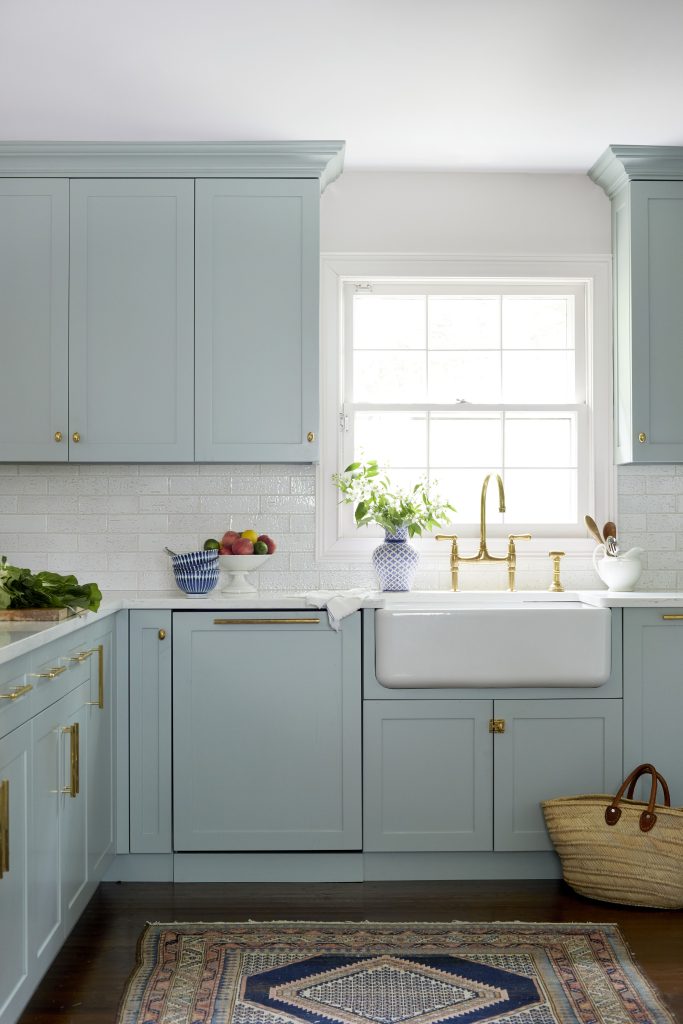
Mint green cabinets add a playful yet subtle pop of color to a small kitchen. This soft green shade is light enough to keep the space feeling open while adding a touch of personality.
Combine mint green cabinets with white or light gray accessories to keep the look fresh and uncluttered. Mint green also pairs beautifully with natural wood accents.
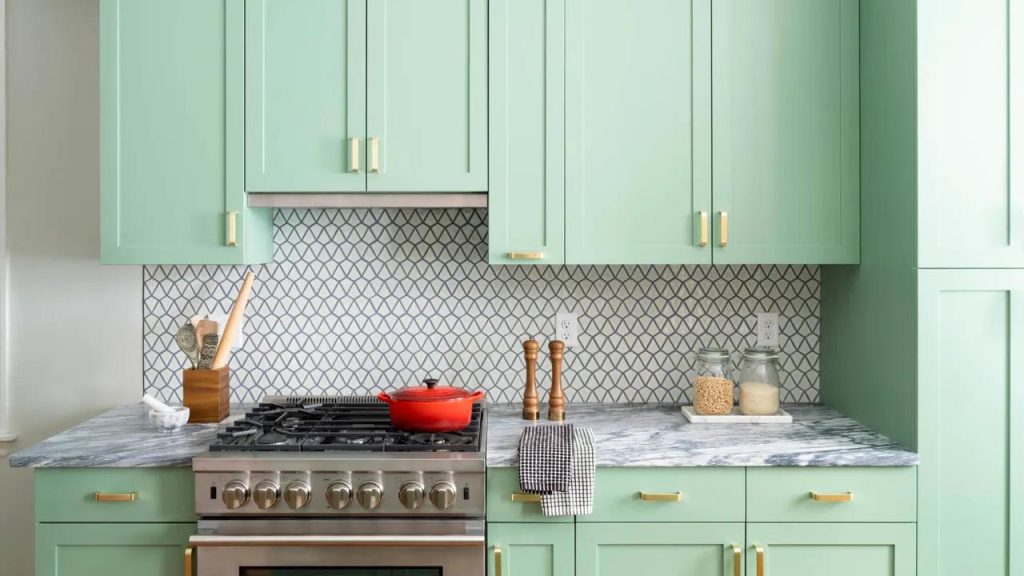
Soft beige cabinets provide a neutral, warm backdrop that enhances the sense of space. Beige is less stark than white and adds a hint of color while still keeping the kitchen bright and airy.
Use beige cabinets with matching or slightly contrasting light-colored countertops and backsplashes to create a cohesive and expansive look.
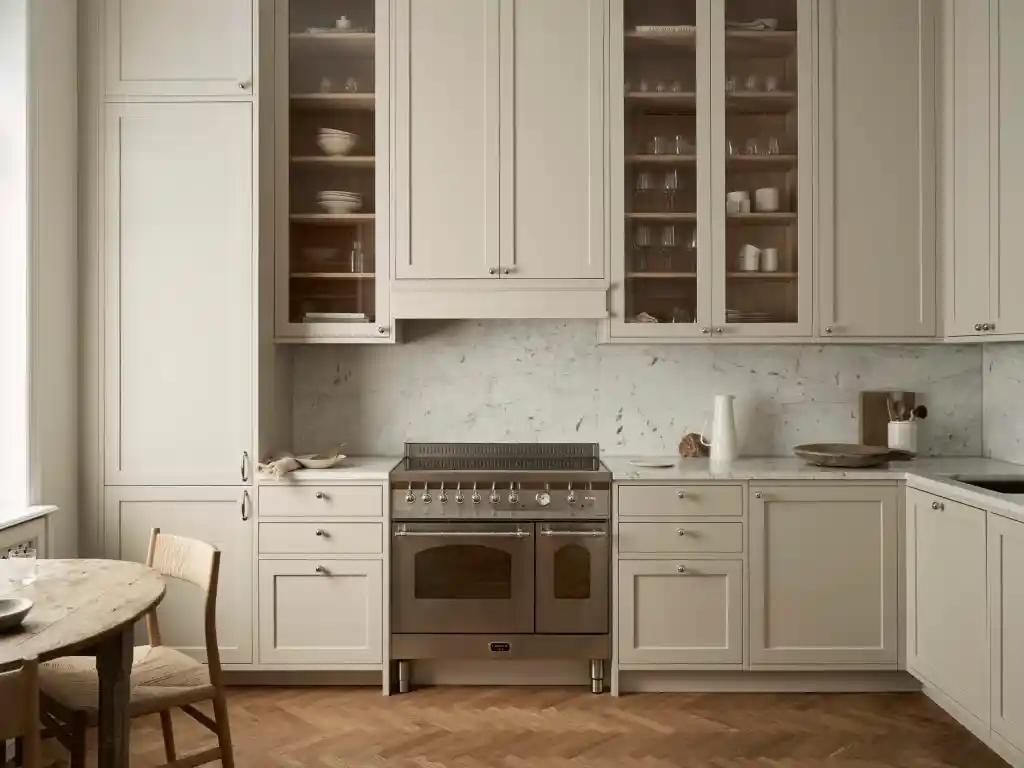
Light taupe is a sophisticated neutral that adds a touch of warmth without darkening the space. It’s a versatile color that complements a range of design styles and other colors.
Opt for light taupe cabinets with contrasting white or light-colored elements to maintain an open feel. Taupe also pairs well with metallic accents for a modern touch.
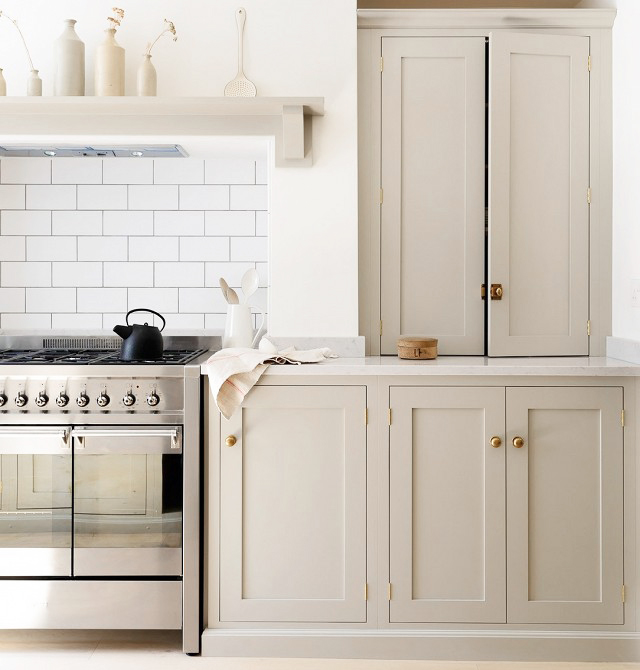
Glossy finishes, regardless of color, can make small kitchens feel larger by reflecting light and adding a bit of shine. Glossy cabinets can brighten up the space and create an illusion of depth.
Choose light-colored glossy cabinets to maximize their reflective qualities. Be mindful of maintenance, as glossy finishes can show fingerprints and smudges more easily.
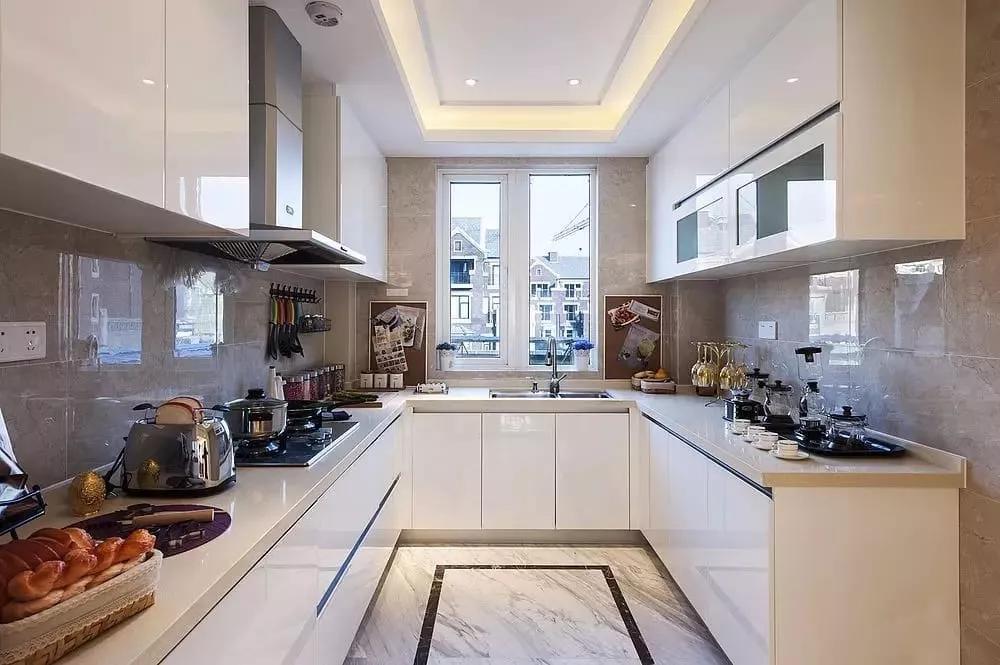
Using two-tone cabinets, such as light-colored upper cabinets and darker lower cabinets, can add visual interest and depth without overwhelming the space. This technique can also help define different areas of the kitchen.
Keep the two-tone color scheme within a light palette to ensure the space remains open. Light-colored upper cabinets and darker lower cabinets can create a balanced, dynamic look.
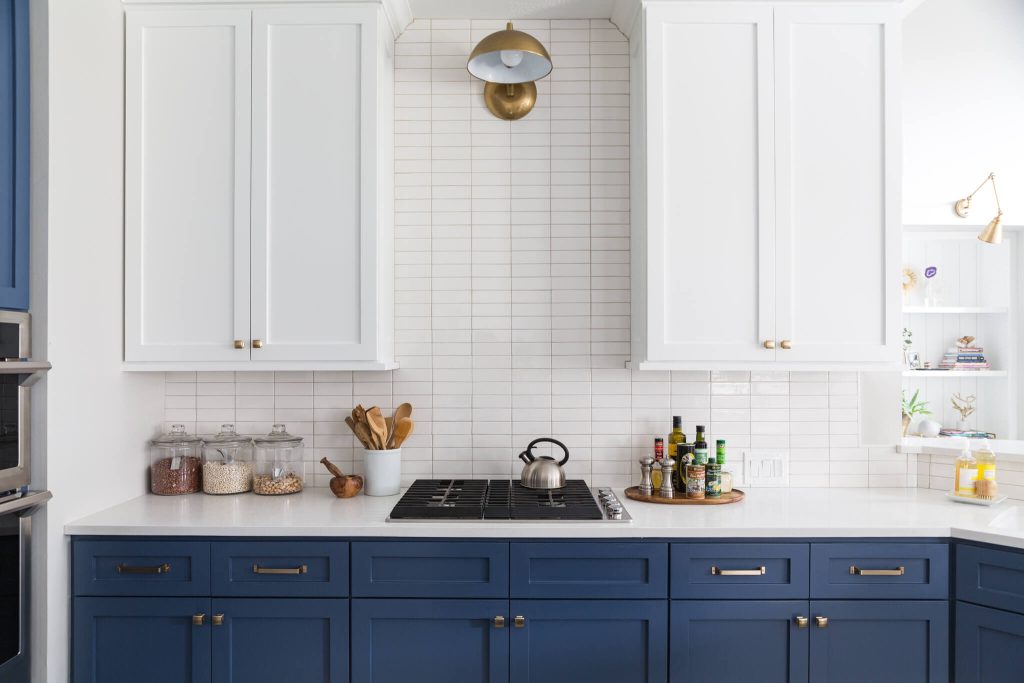
White cabinets with colorful accents, such as bright handles or a bold backsplash, can add personality and vibrancy to a small kitchen. The white base keeps the space feeling open, while the accents provide a fun and lively touch.
Choose one or two accent colors to maintain a cohesive look. Use these colors sparingly to avoid clutter and ensure the small kitchen remains bright and inviting.
Choosing the right cabinet color for a small kitchen is crucial in creating a space that feels larger, brighter, and more inviting. Light and soft colors, reflective finishes, and thoughtful design elements can significantly enhance the sense of space. By selecting the best colors and incorporating smart design strategies, you can transform your small kitchen into a stylish and functional area.
If you need more guidance or have specific design preferences, feel free to explore additional resources or consult with a design expert.


Join our professionals program for exclusive discounts on all purchases. Become a Pro Member